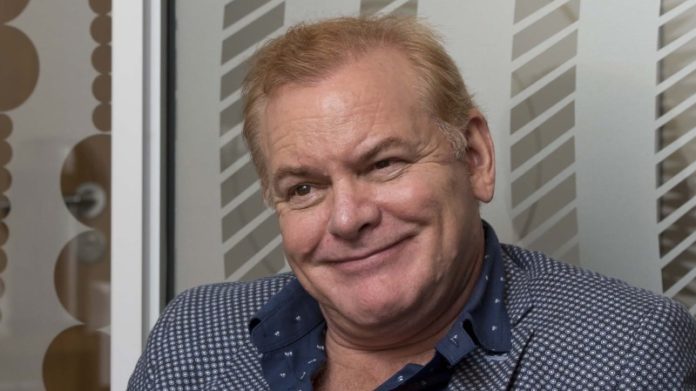
GOLD Fields was rewarded for lessening its exposure to its South Deep mining development in South Africa with a credit upgrade from Moody’s Investors Service which also liked the fact it was growing its production profile in Australia.
“The upgrade reflects Gold Fields’ commitment to maintain credit metrics and financial policy appropriate for an investment grade Baa3 rating as it continues growing in Australia, its largest region by production,” said Douglas Rowlings, Moody’s vice-president.
“Gold Fields has continued to strengthen its credit metrics and de-risk its long-term production profile thereby reducing its reliance on South Deep reserves in South Africa for future cash flow generation,” he said in a statement. The comment won’t hearten the country currently in the throes of renegotiating the Mining Charter.
Gold Fields has also struggled to bring South Deep to account. Acknowledged as a gold mining treasure, the resource has proved reluctant to live up to its potential. The company has also recently drawn in its horns in respect of capital expenditure.
The company’s CEO, Nick Holland, was quoted recently by Reuters as saying Gold Fields would not pursue additional acquisitions this year. It would also seek a partner to help it finance its Salares Norte project in Peru. “That’s a big cheque to pay,” said Holland of the $820m price tag attached to Salares Norte. “We want to build it, for sure … we’re just trying to figure out if we should do it on our own,” he said.
The Moody’s upgrade was also despite comments by Holland that the firm’s finances might be “… a little negative …” this year before improving again in the 2019 financial year. “We don’t want to really stretch ourselves,” Holland told Reuters. “The strategy of the company now is more focused on organic brownfields, near-mine growth, in and around where we are,” he said.
In March, Gold Fields announced it was spending $202.6m on a partnership with Asanko Gold in Ghana – a development for which it recently received approvals from the Ghana government. It had previously set down plans to expand its presence through brownfields expansion in the West African country, as well as new developments in Western Australia.
As for South Deep, the news has been growing more negative of late.
Gold Fields has revised expected production from South Deep to 244,000 ounces from the previous estimate of 321,000 oz and has cut production guidance for the group during 2018 to between two million oz and 2.05 million oz.
Analysts have also expressed reservations about Gold Fields’ growth strategy. Among the more critical is Johann Steyn, an analyst for Citi: “It is our view that investors should be cognisant of the fact that these acquisitions are unlikely to result in growth, but merely replace falling production from existing mines,” he said in a report.
He recommended that investors view the acquisition price for Asanko Gold Mines as sustaining, instead of new capex. In these terms, annual sustaining capex would be just over $1bn a year, equal to $482/oz.








